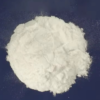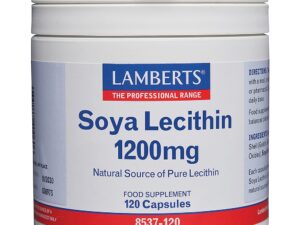Description
Sodium Stearoyl Lactylate: The Unassuming Workhorse of Food and Cosmetics
Sodium Stearoyl Lactylate (SSL) is a name that might not roll off the tongue, but this versatile ingredient plays a crucial role in a wide range of products we use every day, from our loaves of bread to our favorite lotions. Often overlooked, SSL is a powerful emulsifier and dough conditioner that contributes to the texture, stability, and overall quality of many food and cosmetic formulations.
What is Sodium Stearoyl Lactylate?
SSL is an anionic surfactant derived from the reaction of stearic acid (a fatty acid), lactic acid, and sodium hydroxide. This complex process yields a powder or flake-like substance that boasts excellent emulsifying and stabilizing properties. Its unique chemical structure allows it to interact effectively with both water and oil-based ingredients, making it an invaluable tool for formulators.
The Role of SSL in Food Production:
In the food industry, SSL is primarily used as a:
- Dough Conditioner: SSL strengthens gluten networks in dough, leading to improved gas retention and increased loaf volume. This results in a softer, more evenly textured crumb and a longer shelf life for baked goods like bread, rolls, and cakes.
- Emulsifier: It helps to stabilize emulsions, preventing the separation of oil and water phases in products like salad dressings and sauces. This creates a smooth, homogenous texture.
- Protein Interaction: SSL interacts with proteins in food, improving their functionality and stability. This is particularly beneficial in plant-based meat alternatives, helping to create a more meat-like texture.
- Staling Retardant: By interacting with starch molecules, SSL helps to slow down the staling process in bread, keeping it fresher for longer.
Think about a perfectly soft, bouncy loaf of bread. Chances are, SSL played a part in achieving that ideal texture!
SSL in Cosmetics and Personal Care:
Beyond the culinary world, SSL finds application in the cosmetics and personal care industry, where it functions as:
- Emulsifier: Similar to its role in food, SSL helps to blend and stabilize oil and water phases in lotions, creams, and other emulsions. This ensures a consistent and pleasant texture.
- Skin Conditioner: SSL can impart a smooth and soft feel to skin, making it a desirable ingredient in moisturizers and cleansers.
- Texture Enhancer: It improves the overall texture and feel of cosmetic formulations, contributing to a more luxurious and enjoyable user experience.
From the smooth feel of your favorite hand cream to the stable formula of your facial cleanser, SSL often works silently behind the scenes.
Safety and Regulation:
SSL is generally recognized as safe (GRAS) by regulatory bodies like the FDA when used in accordance with good manufacturing practices. Extensive research has been conducted to assess its safety, and it is widely used in both food and cosmetic products globally.
Conclusion:
Sodium Stearoyl Lactylate might not be the most glamorous ingredient, but its functional properties make it an indispensable tool in the food and cosmetic industries. As a dough conditioner, emulsifier, and texture enhancer, SSL contributes significantly to the quality, stability, and overall appeal of a wide array of products we encounter daily. So, next time you enjoy a fluffy slice of bread or smooth a lotion onto your skin, take a moment to appreciate the unsung hero that is Sodium Stearoyl Lactylate. It’s a testament to how even seemingly simple chemical compounds can have a profound impact on the products we rely on.

















Reviews
There are no reviews yet.